
With bicycles, buses, ferries, planes, rideshares, sidewalks, subways, taxis, and trains at Angelenos’ disposal, why would any sane person choose car dependency? Nobody Drives in LA celebrates sense and sensibility in transportation.
Any decent map of rail lines in Los Angeles has to include the rails used by Amtrak, Metro, and Metrolink. Extra credit if they also include the tracks used by BNSF Railway and Union Pacific railroads. Including novelty rails like Angels Flight, Travel Town Railroad, or the trolley lines at The Americana at Brand and The Grove is probably going too far. Then there’s the Waterfront Red Car Line in San Pedro, which in my mind, lies somewhere in between novelty rail and public transit. Though now in operation for more than a decade, I was only just made aware of it when I saw it included on a map alongside Metro and Metrolink and decided to check it out.
Anyone who’s at all interested in mass transit has probably heard of the Pacific Electric rail system — popularly known as the Red Cars or Big Red Cars. Covering over 1,600 kilometers, it was once the largest electric interurban rail system on the planet. The last journey undertaken by the last train on the last line was the 30-kilometer trek from Los Angeles to Long Beach in 1961, along a right-of-way that was revived by the Metro Blue Line in 1990.
Just a bit west of Long Beach, in San Pedro, a couple of replica Red Cars patterned after the 1909 Electric 500-class began operating on another Pacific Electric right-of-way on July 19, 2003. The trains only travel 2.4 kilometers and only on Fridays, Saturdays, and Sundays, so it’s pretty unlikely that anyone but its conductors is using it to commute. However, there have been proposals to extend it to Cabrillo Beach, which would make it almost equal in length to the Metro Purple Line.
In the meantime, most people will find walking or biking the length of the area served by the Waterfront Rail easy enough, but the beautiful trains are as much of an attraction as the sites to which they deliver passengers. Currently, they run from noon until 9:00 pm on their days of operation, and $1 buys a day pass. Children under six (and everyone this past summer) ride for free.
Should you decide to take the Red Cars, there are several more extensive transit systems that connect to the area served by them. LADOT‘s Commuter Express route 142 connects the area with Terminal Island and downtown Long Beach. DASH San Pedro connects most of the San Pedro neighborhood. The San Pedro Electric Trolley connects the waterfront to Downtown San Pedro and Cabrillo Beach. Los Angeles Metro buses 444, 445, 446, 447, and 450 connect Downtown Los Angeles to the waterfront. Metro bus 205 connects San Pedro to Carson, Compton, Harbor City, Harbor Gateway, Lomita, and Willowbrook. If you’re coming by air or sea, you’ve got even more options.
The Harbor Area is one of my absolute favorite districts of Los Angeles. Most depictions of oceanfront Southern California are dominated by sunbathers, rollerbladers, and surfers. San Pedro Bay does have its share of stunningly beautiful beaches and posh marinas, but, in my mind, those aren’t the defining characteristics. The heavily industrialized Harbor instead conjures up thoughts of bobbing oil derricks, towering container cranes, fire-breathing refineries, a beautiful green suspension bridge, and massive cargo ships arriving from overseas.
The Harbor is dominated by the city of Long Beach and the Los Angeles neighborhoods (and former municipalities) of Wilmington and San Pedro, annexed in 1909 — a process that finally turned Los Angeles into a coastal town 128 years after its founding. Although San Pedro has been part of Los Angeles longer than other annexed villages, like Eagle Rock, Van Nuys, and Venice, it maintains an image of independence, an air of semi-autonomy, and a strong sense of separateness.
In a relatively short time, the Harbor has developed considerably, changing focus while always remaining oriented toward the sea. The past was marked by periods dominated by fishing, shipbuilding, and canning, all industries which have waned considerably. Even today, however, San Pedro’s populace is still drawn heavily from countries with strong seafaring heritage, like Croatia, Denmark, Italy, Japan, Mexico, Norway, the Philippines, Portugal, and Sweden. Today the combined complexes of the Port of Los Angeles and the Port of Long Beach make up the biggest, busiest port facility in the US. More recently, tourism has emerged as a major draw to the region, of which the Waterfront Red Car Line is a big part.
CRUISE CENTER STATION
The northernmost station on the Waterfront Red Car line is Cruise Center Station, named after the nearby World Cruise Center — the busiest cruise port on the west coast. Also nearby is the Catalina Air-Sea Terminal, where travelers to and from Two Harbors and Avalon on Santa Catalina Island come and go via Catalina Express boats and helicopters.
Fanfare at Gateway Plaza is one of those dancing water fountains that very young children enjoy. The station is also very near to Vincent Thomas Bridge — longer than Brooklyn Bridge and prettier than Golden Gate, but sadly a less-recognized icon of Los Angeles than the ho-hum Walk-of-Fame sidewalk or the 35-year-old Hollywood Sign.
About halfway between Cruise Center Station and Downtown Station is the Pacific Battleship Center, which is essentially the USS Iowa (BB-61), a World War II battleship that joined the Harbor’s growing fleet of permanently docked historic museum ships (the best-known being the RMS Queen Mary in the Port of Long Beach). The Iowa moved to Berth 87 in 2012 and entry is free for Iowa residents (although not natives, I discovered). Visitors to it embark on a surprisingly hands-on self-guided tour (though taller visitors will have to hunch throughout much of it).
DOWNTOWN STATION
Contributing to San Pedro’s sense of being its own town is the fact that it has its own downtown, and that (even though it hasn’t served as such for over a century) the John S. Gibson Jr. Municipal Building is still usually referred to by locals as San Pedro City Hall. On its seventh floor is the old jail, affectionately nicknamed “Seventh Heaven.” On the bottom floor is Old Fire Station 36 — a firefighters museum open only on Saturdays.
Nearer the station, there’s John S. Gibson, Jr. Park, which is home to a collection of memorials and statuary, including the American Merchant Marines Veterans Memorial, the Fishing Industry Memorial, the San Pedro Fishermen’s Memorial, and the USS Los Angeles Naval Monument. Just north of the station, next to Fire Station 112, is Fireboat No. 2, launched in 1925, officially renamed the Randolph J. Scott.
South of the station is the Streamline Moderne LA Maritime Museum, which opened in 1980. The building was formerly the San Pedro Municipal Ferry Building, which provided transportation across the channel to Terminal Island from 1941 (replacing the older Team Ferry) until 1963 when the Vincent Thomas Bridge opened. It’s an excellent introduction to the history of the area that also houses a ham radio station, numerous ship models, and a World War II tugboat out back.
Just up the hill to the west, centered along Sixth and Seventh streets is San Pedro’s historic downtown, which boasts several architectural attractions, including the Italian Renaissance Arcade Building, the Art Deco Warner Grand Theatre, the so-called Danish Castle, Harbor View House (built in 1883 and dedicated as Army and Navy YMCA in 1926), First Baptist Church of San Pedro (built in 1919), and a US Post Office (built in 1936 and with a WPA mural painted by Fletcher Martin).
Today the area is also known for the San Pedro Arts District. A little south of that is another small neighborhood, Vinegar Hill. It supposedly acquired its name on account of the sour smell that came from the local home winemaking operations; a stretch of Ninth Street was even nicknamed Saloon-Keepers Row. The HPOZ and the area around it are home to a nice collection of American Colonial, American Foursquare, California Craftsman, Queen Anne, and Spanish Colonial Revival residences, mostly constructed between 1886 and 1927.
PORTS O’CALL STATION
Ports o’ Call Village was built in 1963 and designed to look and smell like a real New England fishing village. The complexes contain markets, restaurants, shops, and dinner cruises. A sign advertised the village’s potential for marriage ceremonies under the headline, “Waterfront Romance.” Although it began as simulacrum, I sensed an authentic air of seaside lawlessness, even before spying a group of cholos and security guards ready to come to blows before “hugging it out.” Adjacent is the Korean-dominated Pan Pacific Village. Moored nearby are two replica 19th-century windjammers — the Exy Johnson and Irving Johnson.
Just south of the station is Fisherman’s Wharf, situated on the Southern Pacific Slip. Here, just a short distance from a posh marina full of yachts, the last of the local fishermen haul in their prey along the slip.
Up the hill to the west, above San Pedro Plaza Park, is Den Norske Sjømannskirke (with an altar painted by Henrik Sørensen) and the Muller House Museum, a house built on Nob Hill by Edward Mahar in 1899 and open only on Sundays.
MARINA STATION
The current southern terminus of the Red Car line is Marina Station, near the Cabrillo Marina (named after Juan Cabrillo, who made landfall there in 1542). Nearby attractions include 22nd Street Park, 22nd Street Landing (a large restaurant), the Dalmatian-American Club (founded in the 1920s by the Starkist owner as the Yugoslavian-American Club), the former Pan Am ticket office (which launched trans-Pacific commercial flight in 1935), the SS Lane Victory (a World War II cargo ship/museum ship), the Municipal Wholesale Fish Market (built in 1949), and Crafted — a craft fair open Fridays, Saturdays, and Sundays, located in old Warehouse No. 10.
If the Waterfront Red Car Line is extended, it will provide access to a whole host of attractions, including the beautiful Point Fermin Lighthouse (built in 1874), the Carpenter Gothic Old St. Peter’s Episcopal Church (built in 1883), the historic Wilbur F. Wood House, The Red Men Hall, the historic Cabrillo Beach Bathhouse, the Frank Gehry-designed Cabrillo Marine Aquarium, the Salinas de San Pedro Salt Marsh, Fort MacArthur Museum, Cabrillo Beach, the Korean Bell of Friendship, Angels Gate Cultural Center, and Sunken City — the ruins of a neighborhood felled by a seaside landslide.
It’s also my hope that if the rail line is extended it will inspire other companies to add some form of public transit along the extensive network of abandoned right-of-ways that still crisscross the region. If you build it they will ride.
Support Eric Brightwell on Patreon


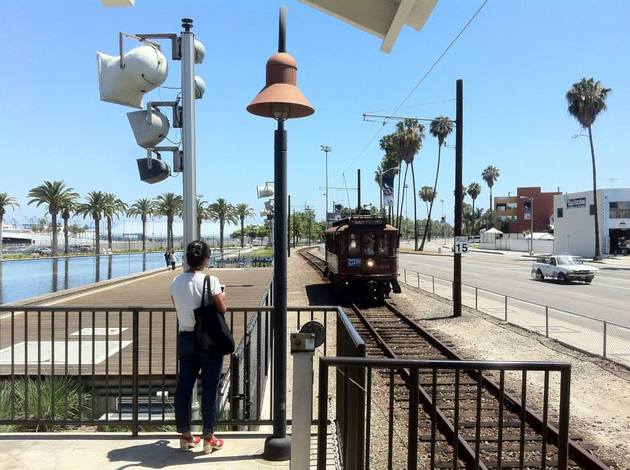
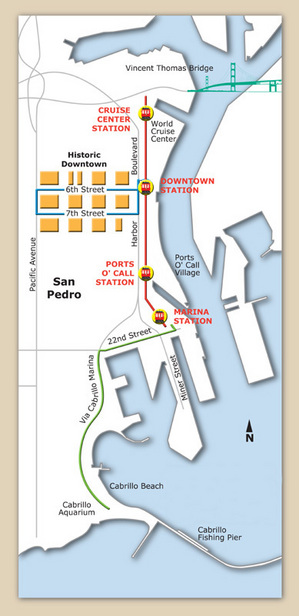

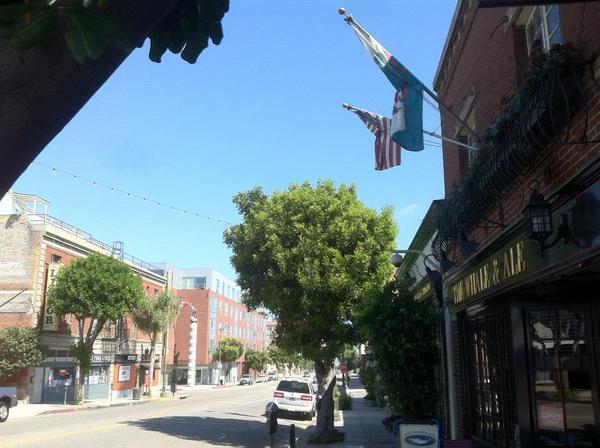

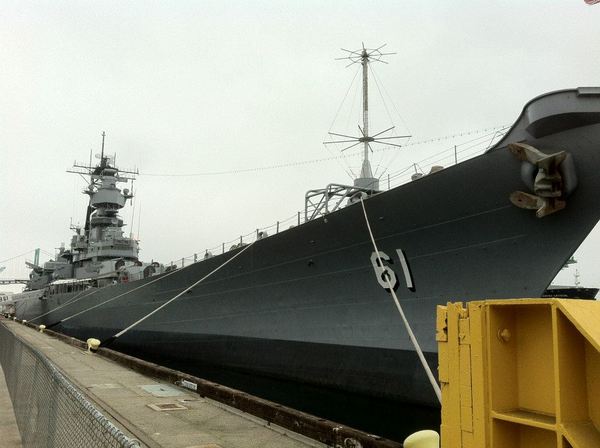

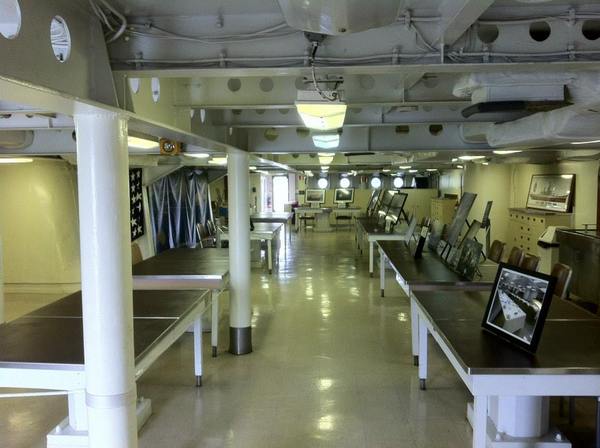

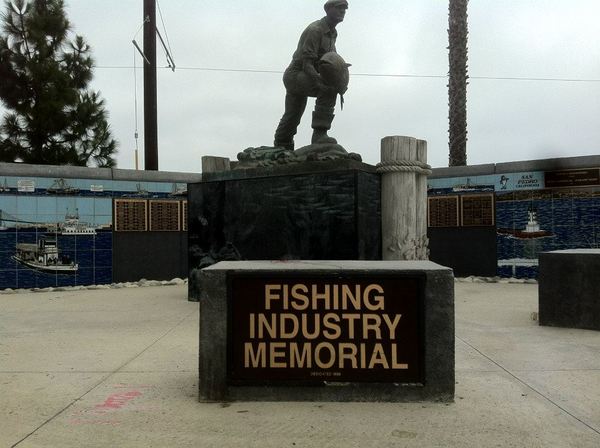
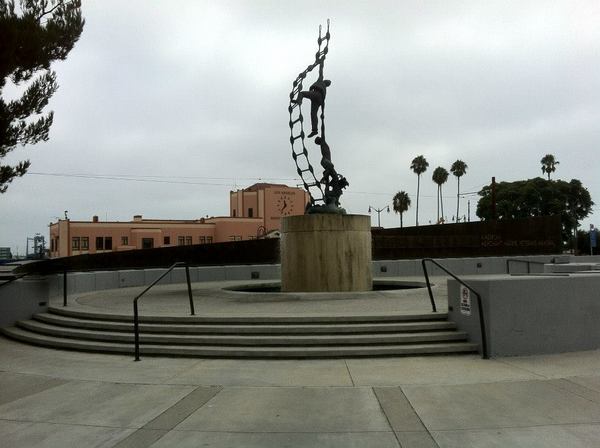
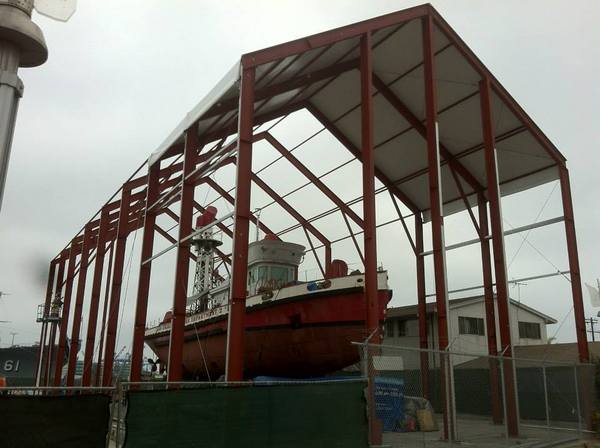
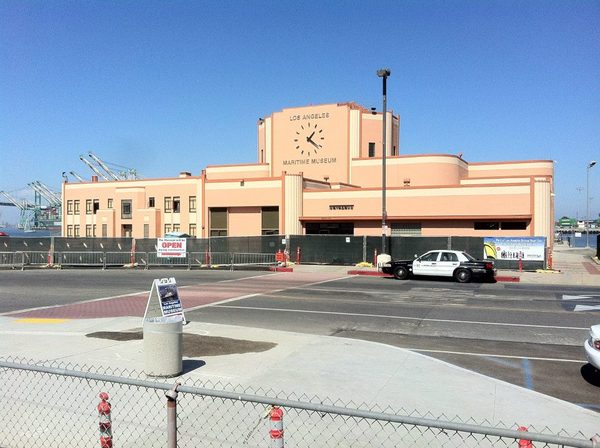
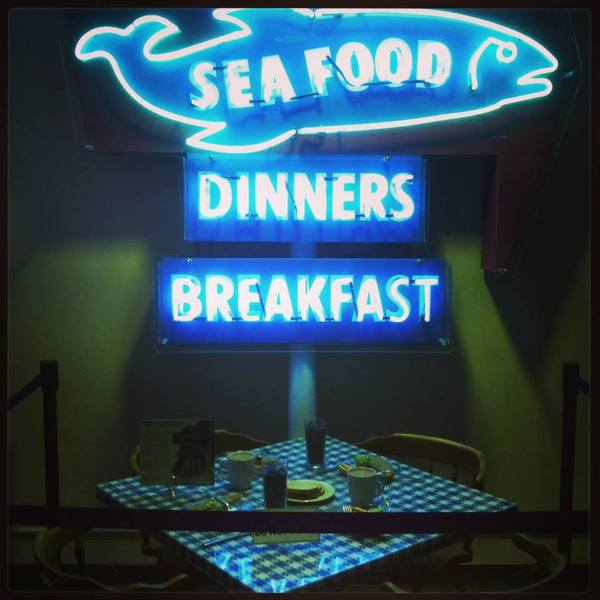
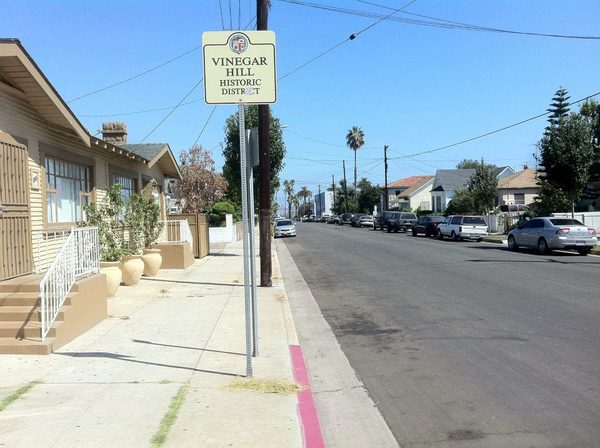



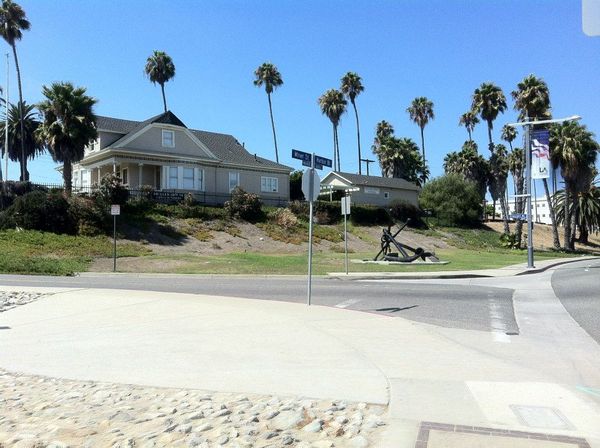
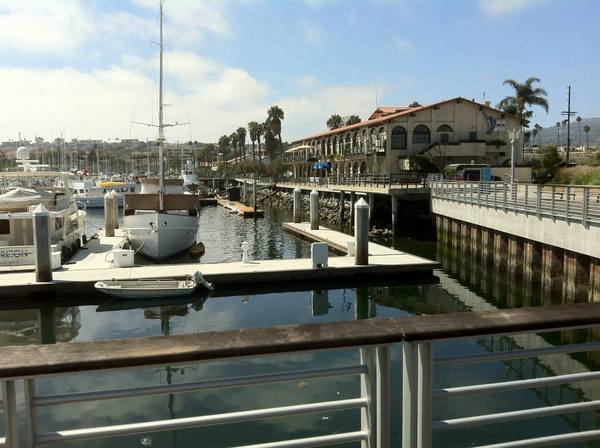
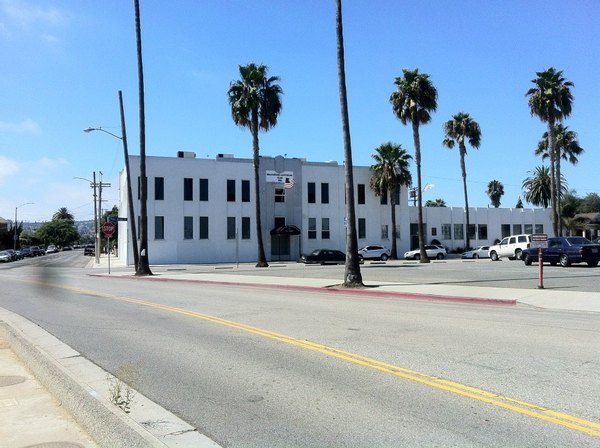
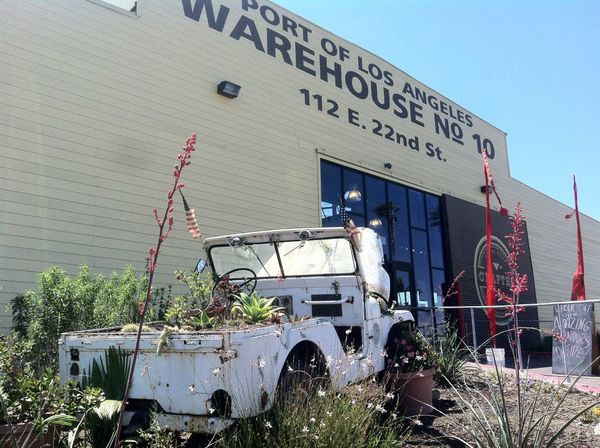
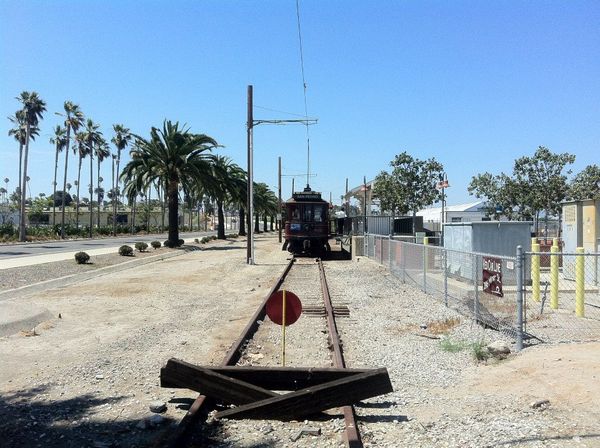


The demise of the Red Car was a sad day for a forgotten era …
LikeLike